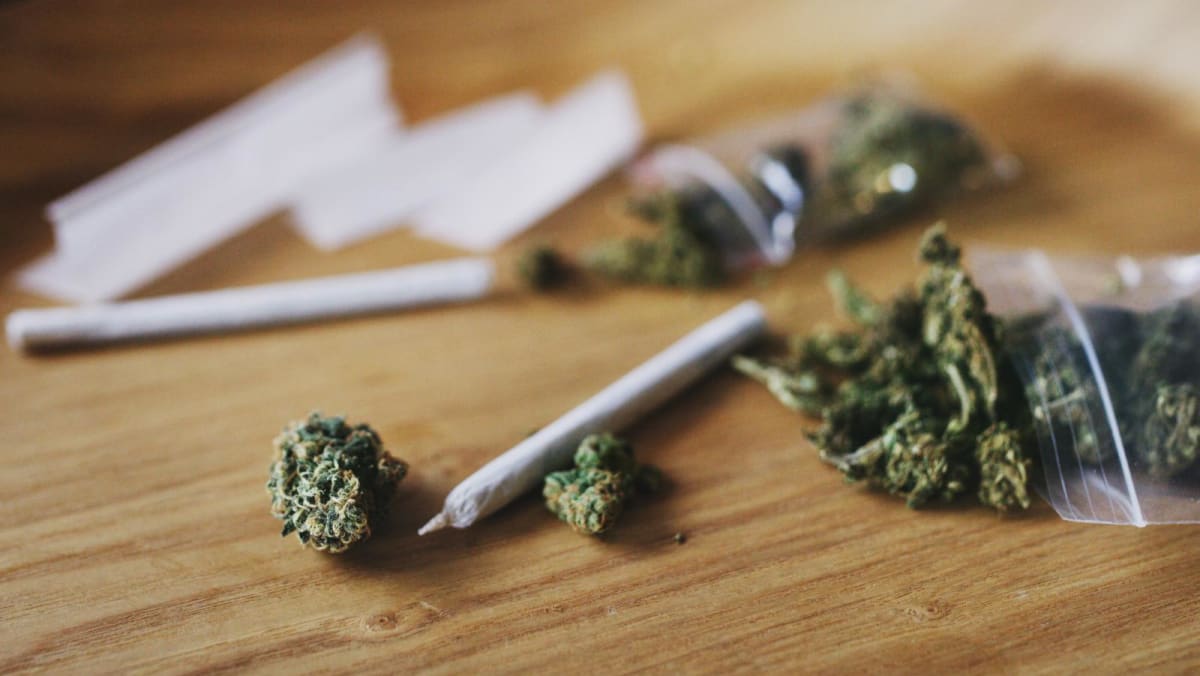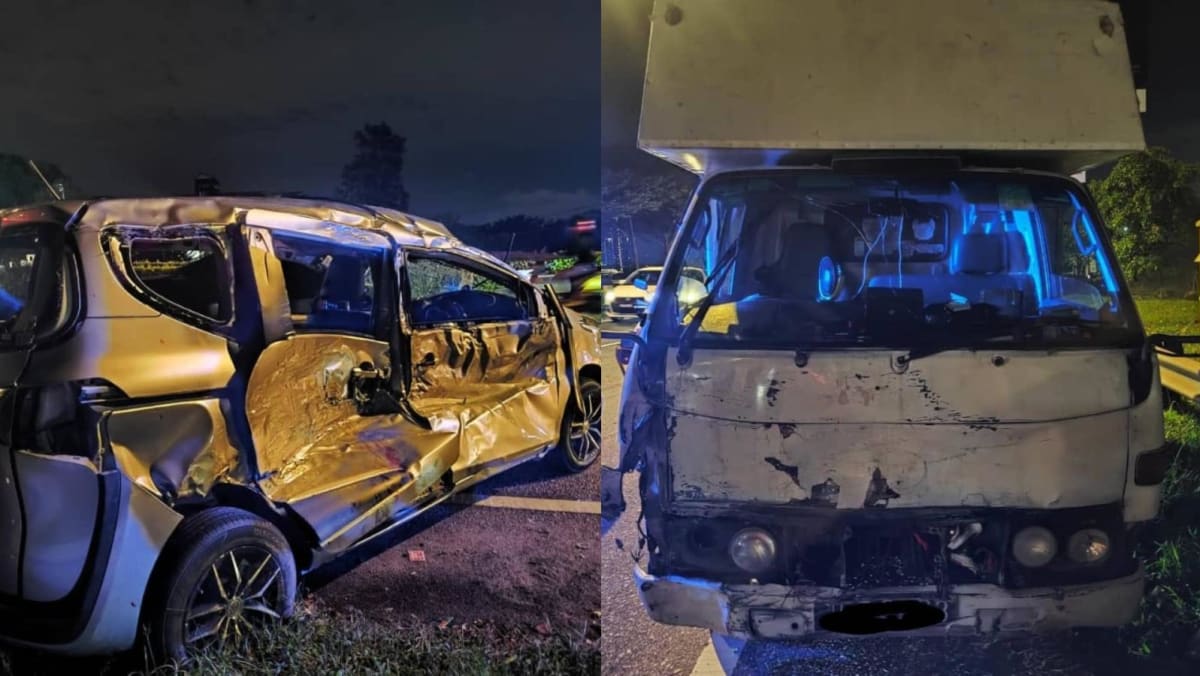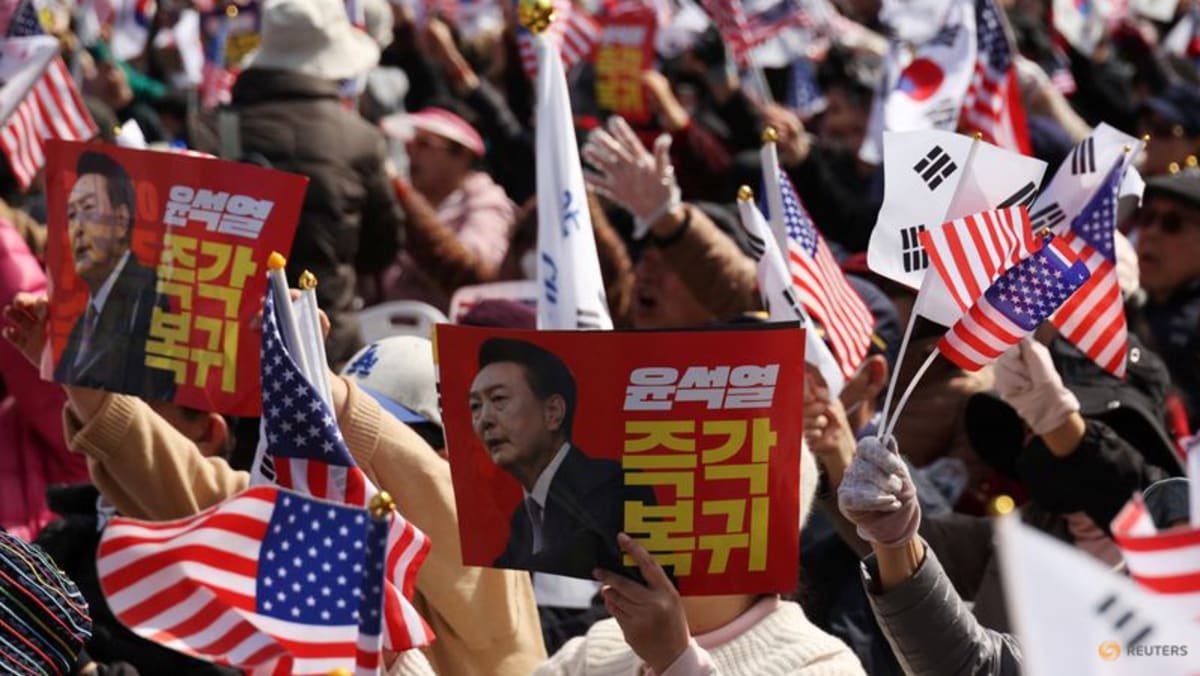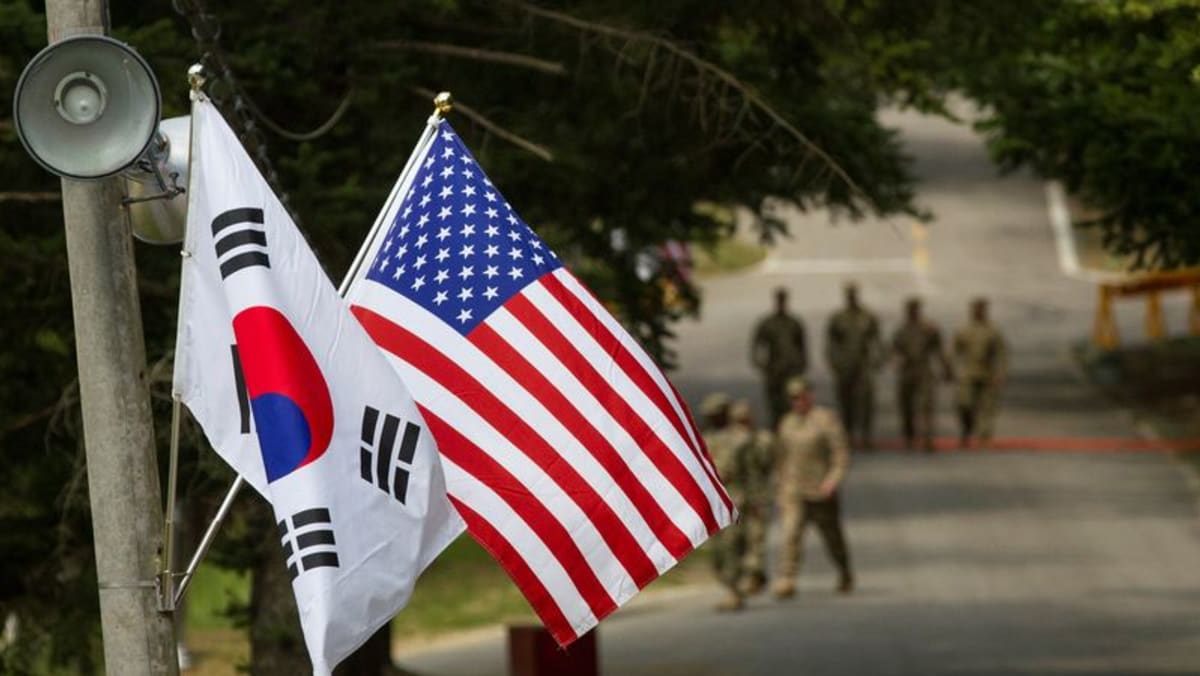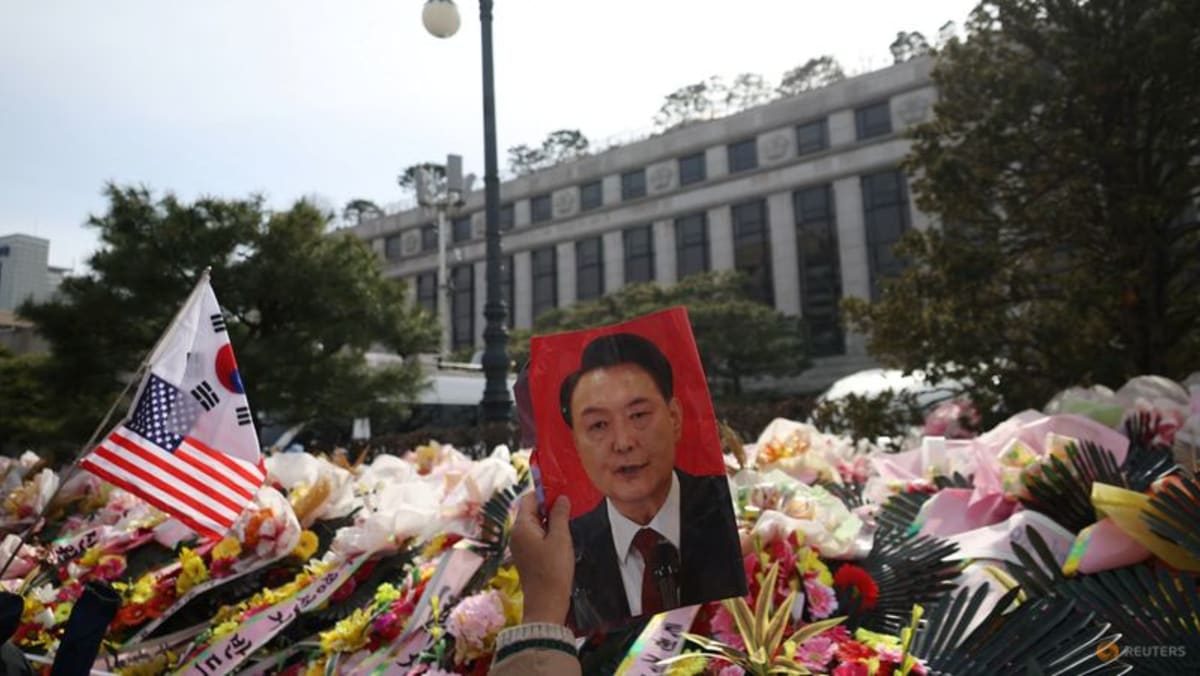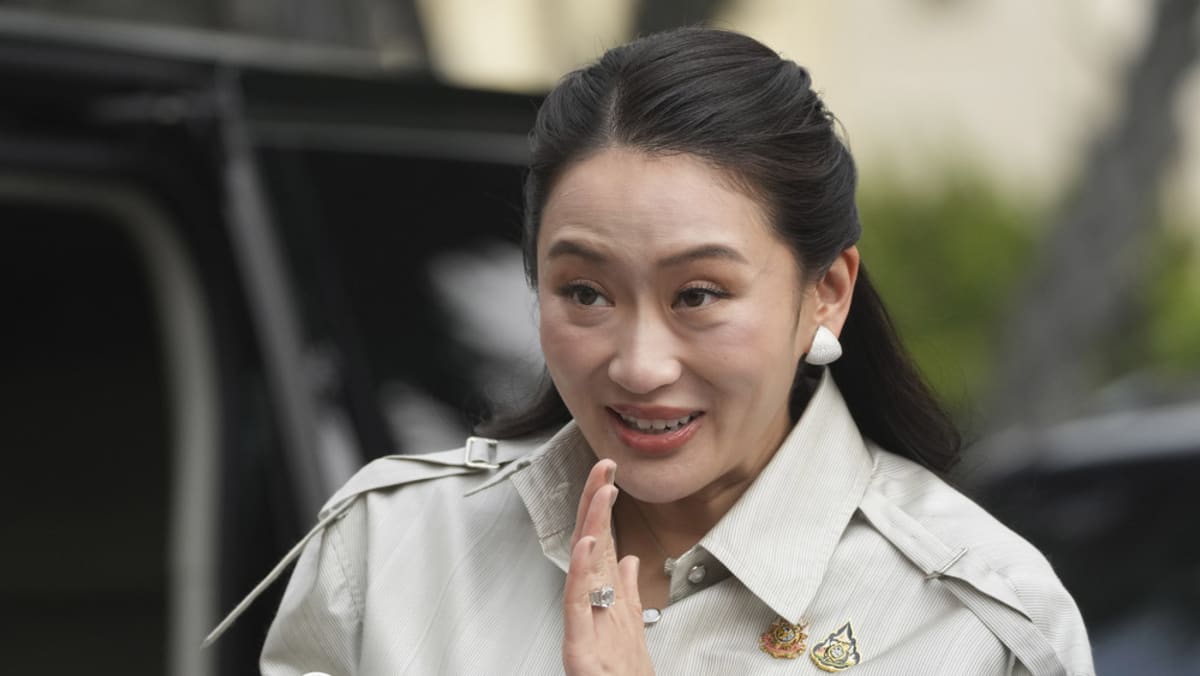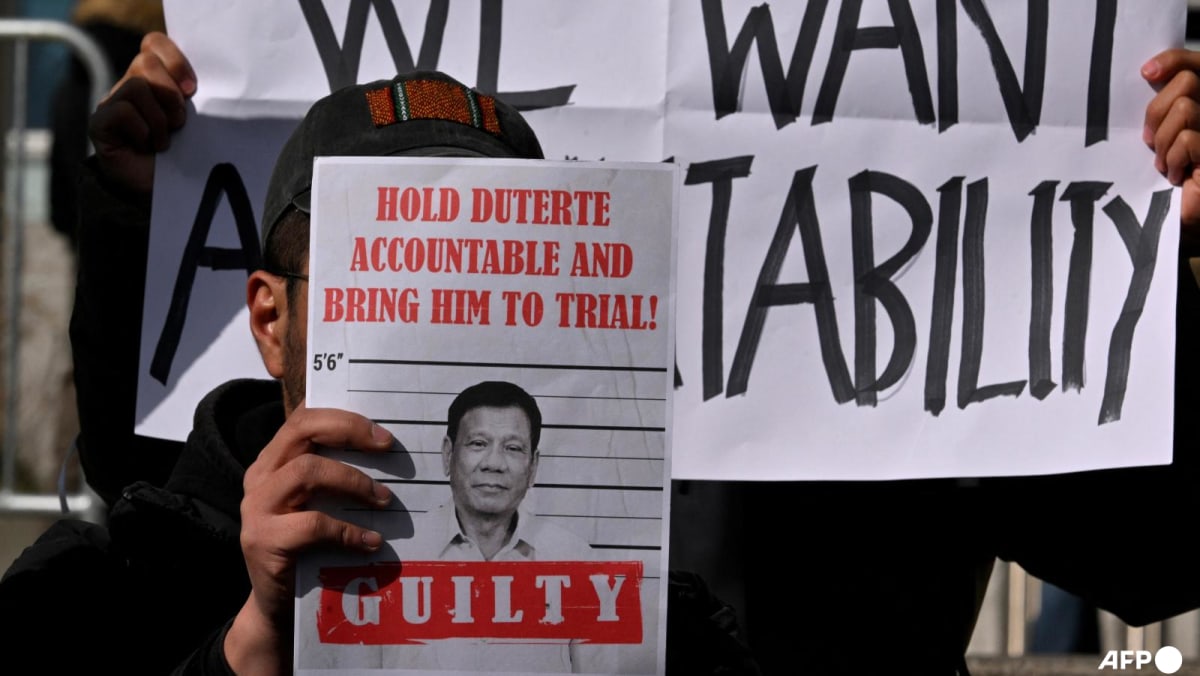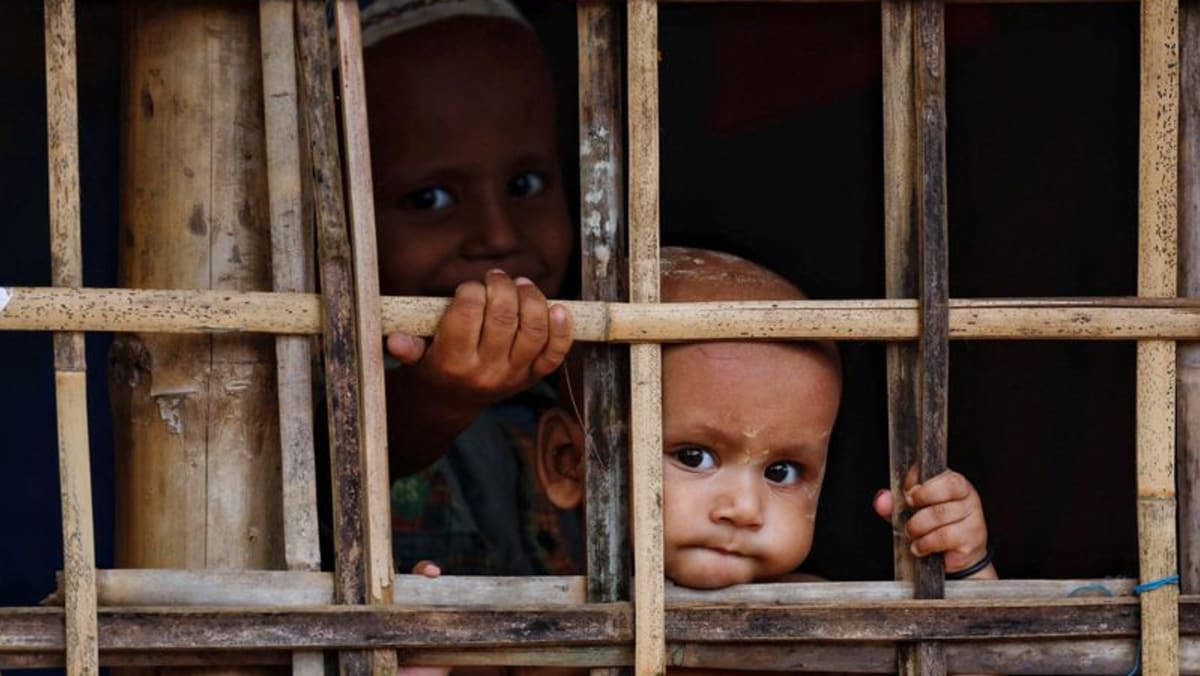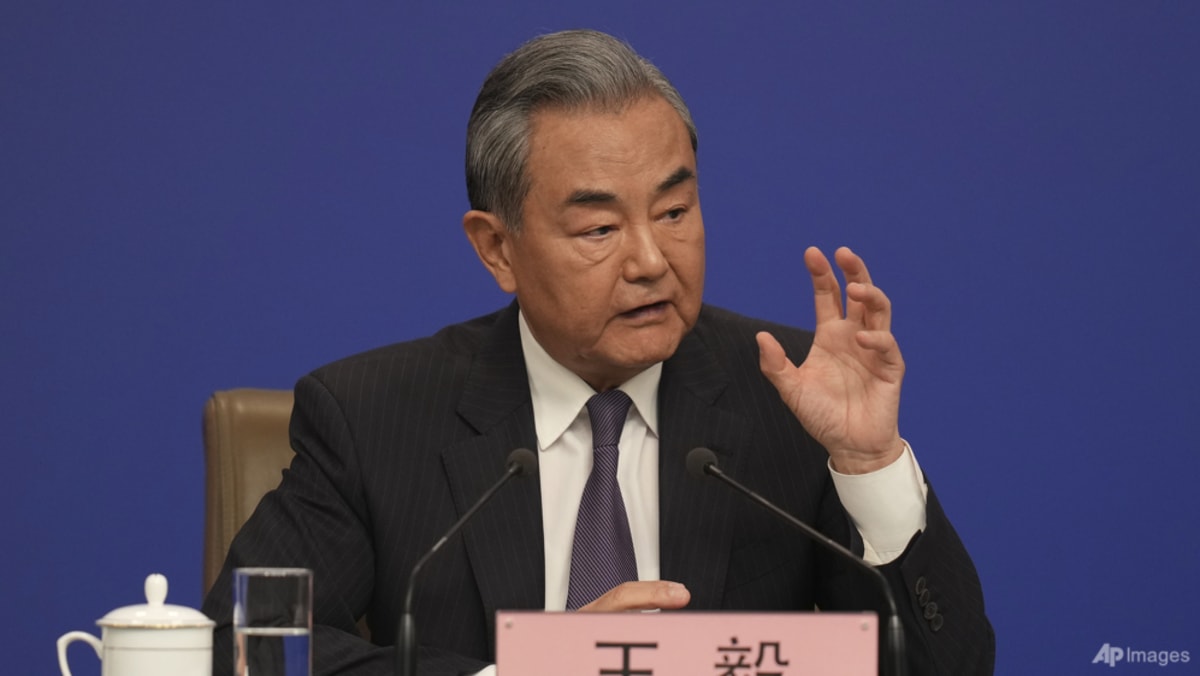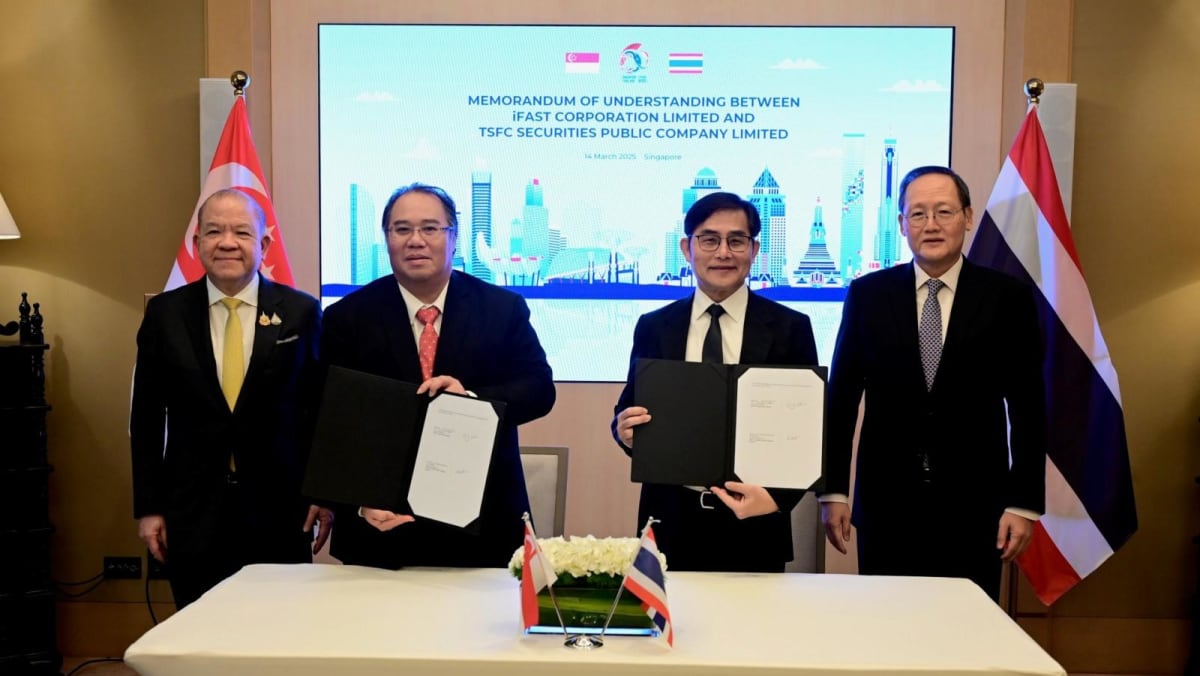For decades, Indonesia’s Aceh offered a safe haven to Rohingya refugees. Why has that suddenly changed?

According to the United Nations (UN), tens of thousands of Rohingyas were killed from 2016 to 2017 during the military-led crackdown and over 700,000 were forced to flee to Bangladesh. Many countries labelled the crackdown a genocide.
The exodus led to the creation of some of the world’s biggest refugee camps in Bangladesh’s Cox’s Bazar and Bashan Char island, which currently house 936,000 and 30,000 Rohingyas respectively.
Some refugees told CNA conditions in Bangladesh are growing more dire as the years go by.
“There are many fighting in Bangladesh… We didn’t have any freedom… Rohingya people didn’t have (access to) education,” said 21-year-old Hamid Hussain, who came to Aceh last month with his parents and two siblings.
Mr Hamid said cases of theft, extortion and human trafficking are rampant at the Bangladeshi camps.
Refugees also have to deal with extreme weather conditions like Cyclone Mocha, which hit northern Myanmar and southern Bangladesh in May. The cyclone forced the evacuation of thousands of refugees and locals.
“I think many people were living in darkness in Bangladesh. Not just my family. Everyone was living in darkness in Bangladesh,” Mr Hamid said, speaking figuratively.
“WE CAN ONLY HELP SO MUCH”
Since the refugees first came to Indonesia in the early 2000s, the Rohingyas have always been treated as fellow Muslims in need in Aceh, a province which adopted the Islamic Sharia in its bylaws.
“They gave us food, shelter, clothes, everything. They helped us reach shore and looked after our injuries. People were very nice,” said Mr Alex Alomgir, who arrived in Aceh by boat in January along with 183 other Rohingyas.
But this attitude is slowly changing.
Source: CNA


